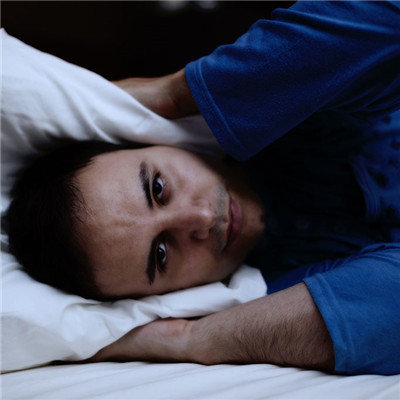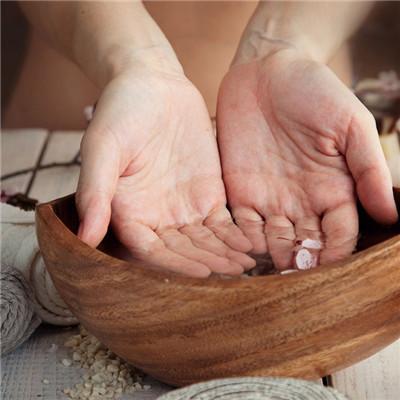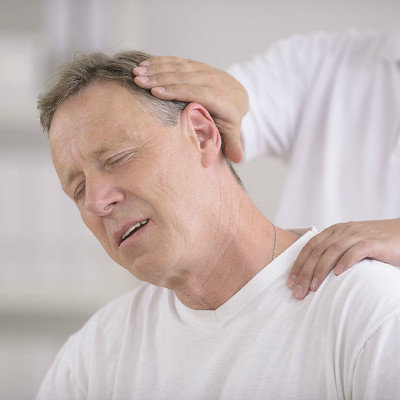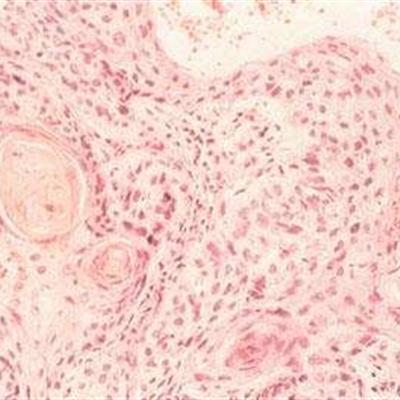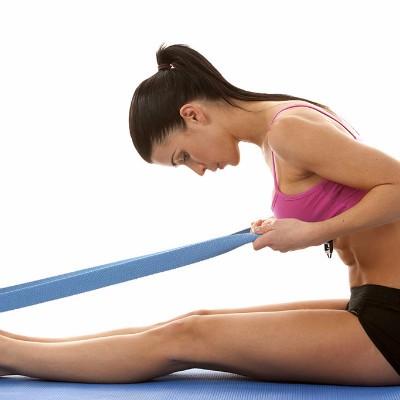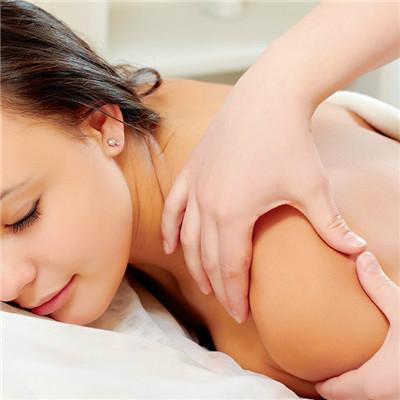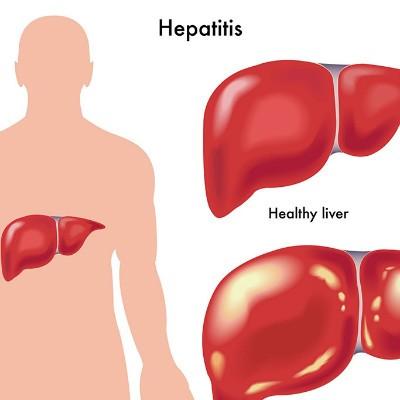Three grade symptoms of patellar cartilage wear
summary
Articular cartilage injury is very common in sports injury, but it is difficult to diagnose, especially early diagnosis is almost impossible in routine examination, so it is often ignored and can not be treated in time. However, no matter what kind of cartilage damage, it may eventually lead to degeneration and necrosis of chondrocytes, and leave permanent damage, so it has attracted attention in recent years. Patellar cartilage wear grade 3 symptoms? Let's talk about it
Three grade symptoms of patellar cartilage wear
The main symptom is the pain behind patella, which appears in the activity or half squat position. The initial stage is acid deficiency discomfort, and the later stage develops into persistent or progressive pain. The pain is often obvious at the beginning of the activity, alleviated after the activity, and aggravated at the end of the activity or at rest. When going up and down stairs, especially when going down stairs or downhill, the pain is obvious. Sometimes there are symptoms of joint locking.
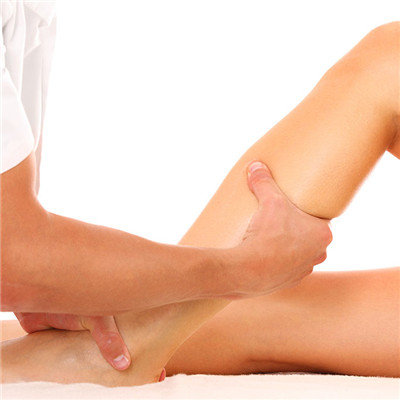
After chondromalacia and denudation of the patella, the patellar cartilage surface is not smooth, and the rough articulation can be felt behind the patella when the knee joint moves. The characteristic of this kind of articulation is that it appears when the knee joint moves to a fixed angle, and it repeats for many times, which is caused by rough cartilage friction.
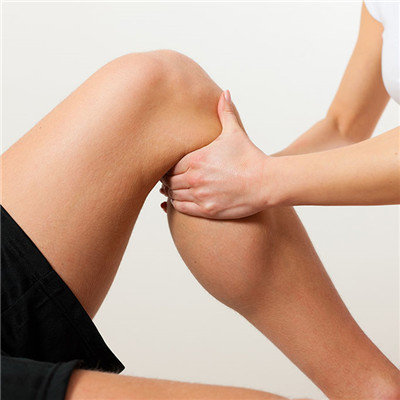
Ordinary X-ray plain film has little significance in diagnosis. However, the axial radiographs of patella with different knee flexion angles can be used to observe the shape of patella, the degree of sclerosis of subchondral bone of patella, and measure some indexes of patella, such as patella angle, patella depth index, patella index, groove angle, overlap angle, etc. The lateral X-ray film of knee joint can detect the abnormal position of patella. The patella length (P) is equal to the patellar ligament length (PT) in normal condition. When Pt exceeds 15% of P or 1cm, it is high patella.
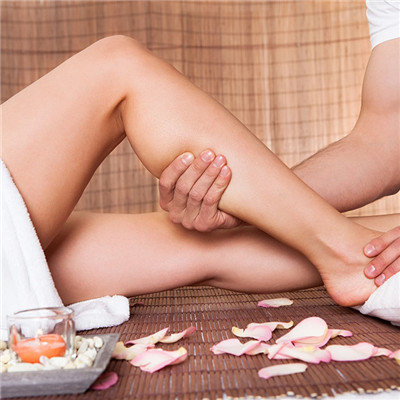
matters needing attention
Quadriceps exercise is the most common and effective method to prevent and treat patellar chondropathy. By strengthening the strength of quadriceps femoris, the stability of the joint can be increased, the stress distribution of patellofemoral joint can be improved, and the drop or accidental injury caused by knee pain and softening can be prevented. Common methods, such as piling, generally use the way of piling against the wall to avoid the pain angle. It can also be used for active straight leg raising or weight-bearing straight leg raising exercises.
